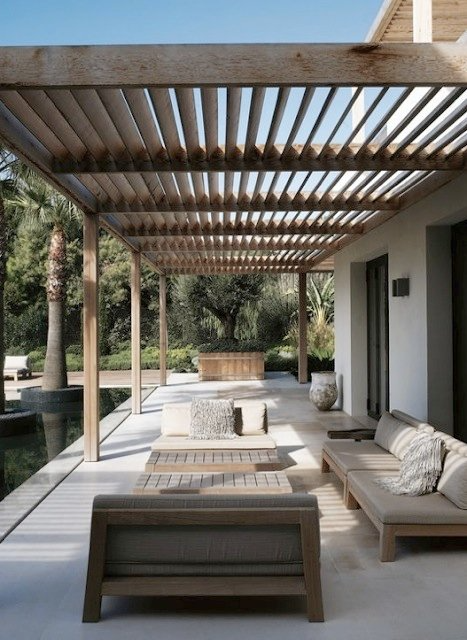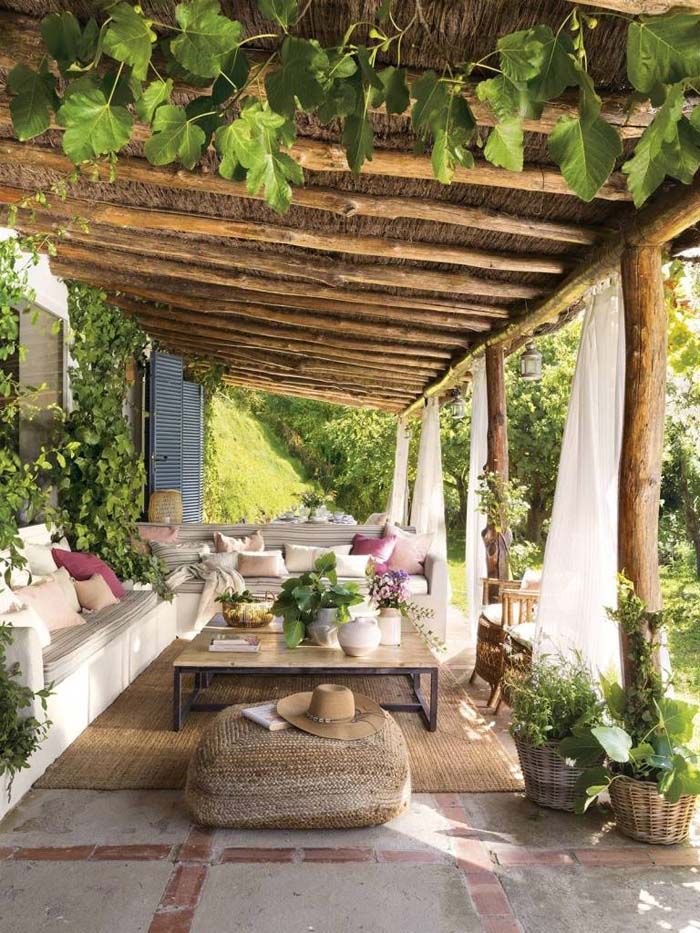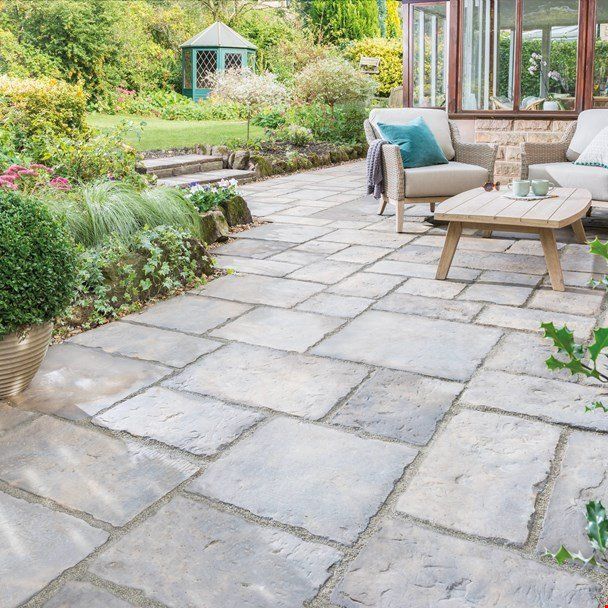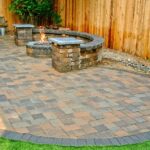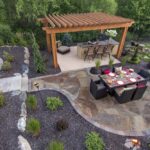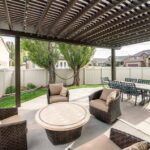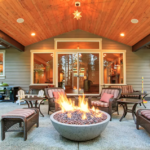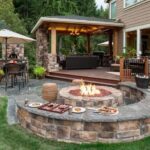When it comes to outdoor living spaces, a well-designed patio can truly elevate the atmosphere and functionality of your backyard. From hosting gatherings with friends and family to enjoying a quiet morning coffee, a patio can serve as a versatile and stylish oasis. In designing your patio, there are several key elements to consider to ensure that it meets your functional and aesthetic needs.
One of the first decisions to make when designing a patio is its size and shape. Consider the amount of space you have available in your backyard and how you intend to use the patio. A smaller, more intimate patio may be suitable for a cozy seating area, while a larger patio may accommodate dining furniture and lounging chairs. The shape of the patio can also impact its overall design, with options ranging from rectangular and square to circular or freeform shapes.
Another important aspect of patio design is the choice of materials. There are a wide variety of materials available for patios, including concrete, pavers, natural stone, brick, and wood. Each material has its own unique aesthetic and maintenance requirements, so consider factors such as durability, cost, and style when selecting the material for your patio. Additionally, the color and texture of the patio material can greatly impact the overall look of your outdoor space.
Incorporating landscaping elements into your patio design can help soften the hardscape and create a more inviting atmosphere. Consider adding planters, hanging baskets, or a vertical garden to introduce greenery and flowers into your patio space. You can also create defined outdoor “rooms” by using landscaping elements such as pergolas, trellises, or arbors to provide shade and privacy. These elements can help define different areas within your patio for dining, lounging, or entertaining.
Lighting is another important consideration in patio design, as it can extend the usability of the space into the evening hours. Options for patio lighting include overhead fixtures, string lights, lanterns, and path lighting. Consider incorporating a combination of different lighting sources to create a warm and inviting ambiance for your patio. Additionally, fire features such as fire pits or outdoor fireplaces can provide both warmth and a focal point for your patio design.
Finally, furniture and accessories play a key role in bringing your patio design together. Choose furniture that is durable, comfortable, and weather-resistant to ensure that it withstands the outdoor elements. Accessories such as outdoor rugs, throw pillows, and decorative accents can add personality and style to your patio space. By carefully selecting these elements, you can create a patio design that reflects your personal taste and enhances your outdoor living experience.
